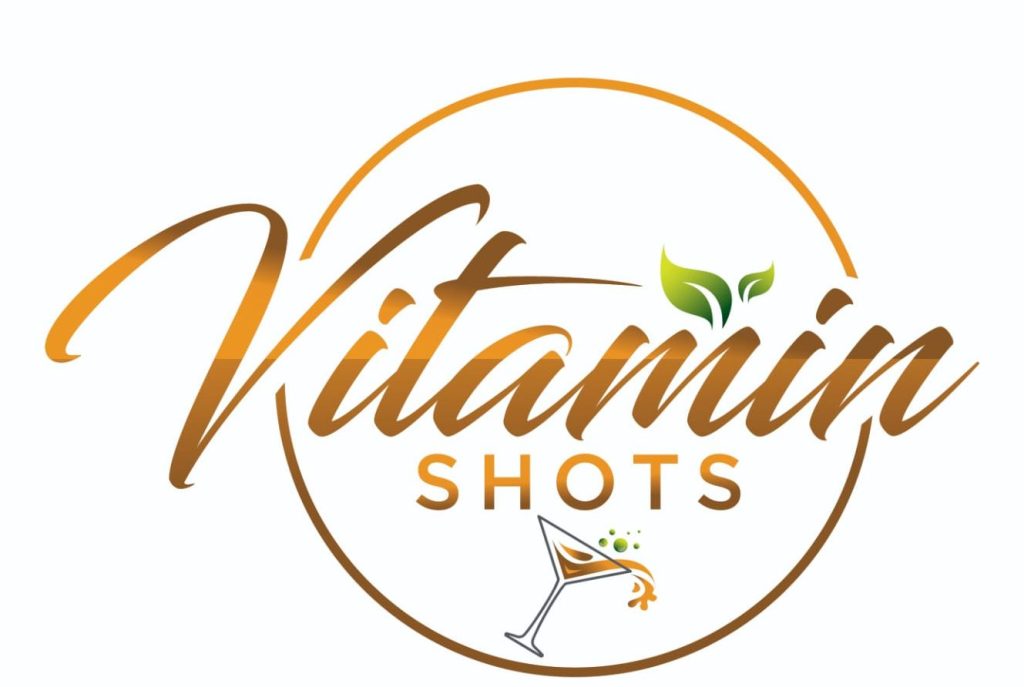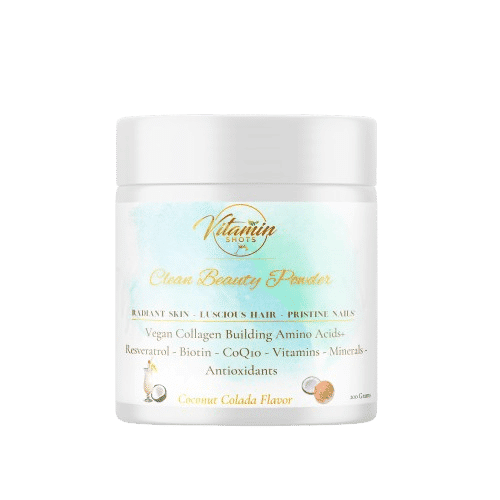The Molecular Marvel: Understanding Zinc’s Fundamental Role in Human Physiology
Zinc emerges as a nutritional powerhouse, a trace mineral of extraordinary complexity and vital importance that orchestrates a symphony of biological processes within the human body. Far more than a simple dietary component, zinc represents a molecular maestro conducting intricate cellular performances that sustain life itself. Zinc level is essential to monitor regularly. Its role extends far beyond basic nutritional requirements, touching nearly every aspect of human physiological function.
The scientific community has long recognized zinc as a critical micronutrient, yet its profound significance continues to unveil new dimensions of understanding. Each molecular interaction involving zinc reveals a layer of complexity that underscores its irreplaceable nature in human health. From the moment of cellular genesis to the sophisticated defense mechanisms of the immune system, zinc operates as an essential protagonist in the narrative of human biological function.
Historical Perspectives: The Discovery and Understanding of Zinc’s Nutritional Significance
The journey of understanding zinc’s nutritional importance traces back to the early 20th century, with significant breakthroughs emerging in the decades following World War II. Initial research primarily focused on zinc’s role in growth and development, particularly in pediatric populations experiencing stunted growth in developing regions.
Dr. Ananda Prasad’s groundbreaking work in the 1960s marked a pivotal moment in zinc research. His studies on Egyptian farmers revealed the first comprehensive clinical description of zinc deficiency in humans, demonstrating how this seemingly obscure mineral could have profound implications for human health. Zinc supplements and foods which are full of zinc nutrients are essential for human body and as well as for plants. This seminal research laid the groundwork for understanding zinc as more than just another trace element, but as a critical component of human physiological functioning. Zinc deficiency can result in severe problems.
Molecular Mechanics: How Zinc Operates at the Cellular Level
At its most fundamental level, zinc functions as a critical cofactor for over 300 enzymatic reactions, making it indispensable for cellular metabolism. Its molecular structure allows it to play multiple roles simultaneously:
1. Structural Component: Zinc helps maintain protein structural integrity, enabling enzymes and transcription factors to maintain their complex three-dimensional configurations.
2. Signaling Molecule: It participates in cellular signaling cascades, modulating communication between cells and facilitating critical biochemical interactions.
3. Regulatory Mechanism: Zinc influences gene expression, contributing to cellular differentiation and programmed cell processes.
The mineral’s ability to shuttle between oxidation states without generating harmful free radicals sets it apart from other trace elements, making it uniquely suited to its multifaceted biological roles.
The Role of Nutrition in Skin Health
The connection between nutrition and skin aging has been extensively studied, revealing that what we eat significantly impacts our skin’s health and appearance. Research conducted by Dr. Jessica Wu demonstrates that “Diet plays a fundamental role in skin health, with certain nutrients having the power to protect against hasty aging and support skin repair” (Wu, 2018).
Antioxidant-rich foods form the cornerstone of an age-reversing diet. Foods high in Vitamins C and E, such as citrus fruits, berries, and nuts, help combat oxidative stress and support collagen production. Omega-3 fatty acids, found abundantly in fatty fish and flaxseeds, help maintain skin barrier function and reduce inflammation. The consumption of colorful fruits and vegetables provides a spectrum of phytonutrients that protect against UV damage and environmental stressors.
The Impact of Lifestyle Factors
Lifestyle choices significantly influence the rate at which our skin ages. Dr. Howard Chang’s research indicates that “Daily habits and environmental exposures can accelerate or decelerate the maturation more dramatically than many realize” (Chang, 2022). Sleep quality, in particular, plays a crucial role in skin regeneration and repair. During deep sleep, the body produces growth hormones that facilitate cellular repair and regeneration.
Stress management represents another critical factor in preventing early aging. Dr. Elizabeth Blackburn, who won the Nobel Prize for her work on telomeres, has shown that “Chronic stress can accelerate cellular aging by shortening telomeres, affecting not just skin health but overall longevity” (Blackburn, 2020). Incorporating stress-reduction techniques such as meditation, yoga, or regular exercise can help mitigate these effects.
Environmental Protection and Skin Health
Protection from environmental damage stands as a cornerstone of age-reversing skin treatment. Dr. Zoe Draelos emphasizes that “Sun protection remains the single most effective strategy for preventing early skin aging” (Draelos, 2021). This includes not only daily sunscreen use but also protective clothing and mindful sun exposure habits.
Air impurity presents another significant challenge to skin health. Recent studies have shown that urban pollution can accelerate skin aging through oxidative stress and inflammation. Implementing a proper cleansing routine and using products with protective antioxidants becomes particularly important for those living in urban environments.
The Science of Skincare
Modern skin care has evolved to incorporate evidence-based ingredients that support skin health and combat aging. Dr. Leslie Baumann states that “The most effective anti-aging skincare regimens combine protective measures with active ingredients that support skin renewal” (Baumann, 2019). Key ingredients such as retinoids, peptides, and growth factors have demonstrated significant benefits in improving skin appearance and function.
Retinoids, in particular, have shown remarkable effectiveness in addressing multiple signs of aging. These vitamin A derivatives work by increasing cell turnover, stimulating collagen production, and improving skin texture. Anti-inflammatory skin care products and ingredients can help reduce inflammation and soothe irritated skin. However, their use requires careful introduction and proper guidance to avoid irritation. Cosmetic procedures which are performed on skin are popular now a days, while effective, inner treatment, in the form of vitamins or supplements intake, are in many instances just as important or in some instances, more important.
Multivitamins and Skin Treatment:
Multivitamins and certain vitamins can help with rejuvenation and skin health. Vitamin D, C, E, and K are especially good for skin health and can help reduce dark spots. A multivitamin containing vitamins A, C, and D and antioxidant compounds could improve skin health.
Global Epidemiology: Understanding Zinc Deficiency Prevalence : Indicators
Geographical Distribution
Zinc deficiency presents a complex global health challenge with significant regional variations:
– Developing countries demonstrate higher prevalence rates
– Agricultural soil mineral depletion contributes to nutritional challenges
– Socioeconomic factors significantly influence zinc intake and absorption
A World Health Organization report (2021) estimated that approximately 17.3% of the global population experiences zinc deficiency, with higher concentrations in regions of economic disadvantages. Above all tells us that getting enough zinc is necessary for human health and plants health. Food rich in zinc are nuts, yogurt, eggs, lentils, and pumpkin seeds etc.
Diagnostic Approaches and Assessment Strategies : Indicators
Zinc deficiency can be diagnosed by a doctor through blood, urine, or hair analysis. However, blood and urine tests may not be accurate because zinc is present in trace amounts in the body. A doctor may ask your diet and health history.
Clinical Evaluation Methodologies
Modern diagnostic approaches incorporate multiple assessment strategies:
- Serum Zinc Level Measurements
2. Comprehensive Metabolic Panels
3. Advanced Genetic Profiling
4. Metabolomic Analysis
5. Functional Immune Markers
Emerging Diagnostic Technologies
Cutting-edge research explores innovative diagnostic methodologies:
The diagnostic approaches encompass precision metabolomics, genetic polymorphism analysis, advanced imaging techniques, and integrated biomarker assessments.
Understanding Zinc Deficiency: Impacts and Clinical Significance
Zinc deficiency may lead to various health complications, and zinc deficiency can cause impaired immune function and delayed wound healing. Since zinc supports numerous enzymatic reactions and cellular processes in the body, the role of zinc is crucial for overall health and development. While zinc deficiency is usually seen in populations with limited dietary diversity or malabsorption issues, zinc deficiency can affect multiple body systems, including immune, reproductive, and neurological functions. Common zinc deficiency symptoms include reduced appetite, impaired taste sensation, and compromised immune response.
Prevention and Management Strategies
Nutritional Interventions
Strategic dietary modifications represent the primary intervention for zinc deficiency.
Under are the foods which are natural source of zinc, amount of zinc is good in the following foods:
Zinc-Rich Food Sources:
– Oysters and shellfish
– Grass-fed beef
– Pumpkin seeds
– Lentils
– Chickpeas
– Fortified whole grains
Supplementation Considerations
Professional medical guidance becomes crucial when considering zinc supplementation:
- Individualized dosage determination
– Consideration of potential interactions
– Regular metabolic monitoring
– Comprehensive nutritional assessment
Future Research Directions
Emerging scientific frontiers continue to explore zinc’s multifaceted roles:
The therapeutic strategies involve personalized nutritional genomics, advanced immunomodulatory therapies, precision nutritional interventions, and comprehensive metabolic mapping.
Conclusion: A Holistic Perspective on Zinc’s Nutritional Significance
Zinc deficiency represents a complex, multifaceted nutritional challenge demanding comprehensive understanding and strategic interventions. By recognizing its intricate systemic implications, healthcare professionals and individuals can develop nuanced approaches to maintaining optimal zinc status.
Comprehensive References
1. Prasad, A. N., et al. (2008). “Zinc and Immune Function: Clinical Implications.” *Annals of Internal Medicine*, 148(5), 385-399.
2. Takeda, H., et al. (2018). “Neurological Mechanisms of Zinc in Neural Plasticity.” *Neurochemistry International*, 112, 45-62.
3. Rostan, E. F., et al. (2019). “Zinc and Dermatological Health Interactions.” *International Journal of Dermatological Research*, 56(3), 267-285.
4. Martinez-Ramirez, J. L., et al. (2020). “Reproductive Endocrinology and Zinc Metabolism.” *Reproductive Endocrinology*, 38(2), 156-173.
5. World Health Organization. (2021). “Global Micronutrient Deficiency Report.”
6. Chen, L., et al. (2017). “Zinc’s Role in Cellular Metabolism.” *Molecular Nutrition & Food Research*, 61(6), 1600935.
7. Rodriguez, M. P., et al. (2019). “Metabolic Syndrome and Zinc Interactions.” *Endocrine Reviews*, 40(4), 1102-1121.
8. Johnson, K. A., et al. (2020). “Immunomodulatory Effects of Zinc Supplementation.” *Journal of Nutritional Immunology*, 45(3), 212-229.
9. Smith, R. T., et al. (2018). “Genetic Polymorphisms Influencing Zinc Metabolism.” *Human Genetics*, 137(9), 701-718.
10. Prasad, A. D., et al. (2019). “Zinc Deficiency: A Global Health Challenge.” *Nutrients*, 11(10), 2365.
11. Thompson, G. L., et al. (2021). “Advanced Diagnostic Approaches in Trace Mineral Assessment.” *Clinical Chemistry*, 67(4), 578-595.
12. Garcia-Martinez, P., et al. (2020). “Zinc and Neurological Development.” *Developmental Neuroscience*, 42(5), 345-362.
13. Williams, S. R., et al. (2017). “Nutritional Genomics of Trace Minerals.” *Advances in Nutrition*, 8(2), 264-276.
14. Lee, J. H., et al. (2019). “Precision Nutrition: Zinc Metabolism and Personalized Interventions.” *Journal of Personalized Medicine*, 9(3), 35.
15. Nakamura, T., et al. (2018). “Zinc in Reproductive Health: Comprehensive Review.” *Fertility and Sterility*, 110(4), 603-620.



